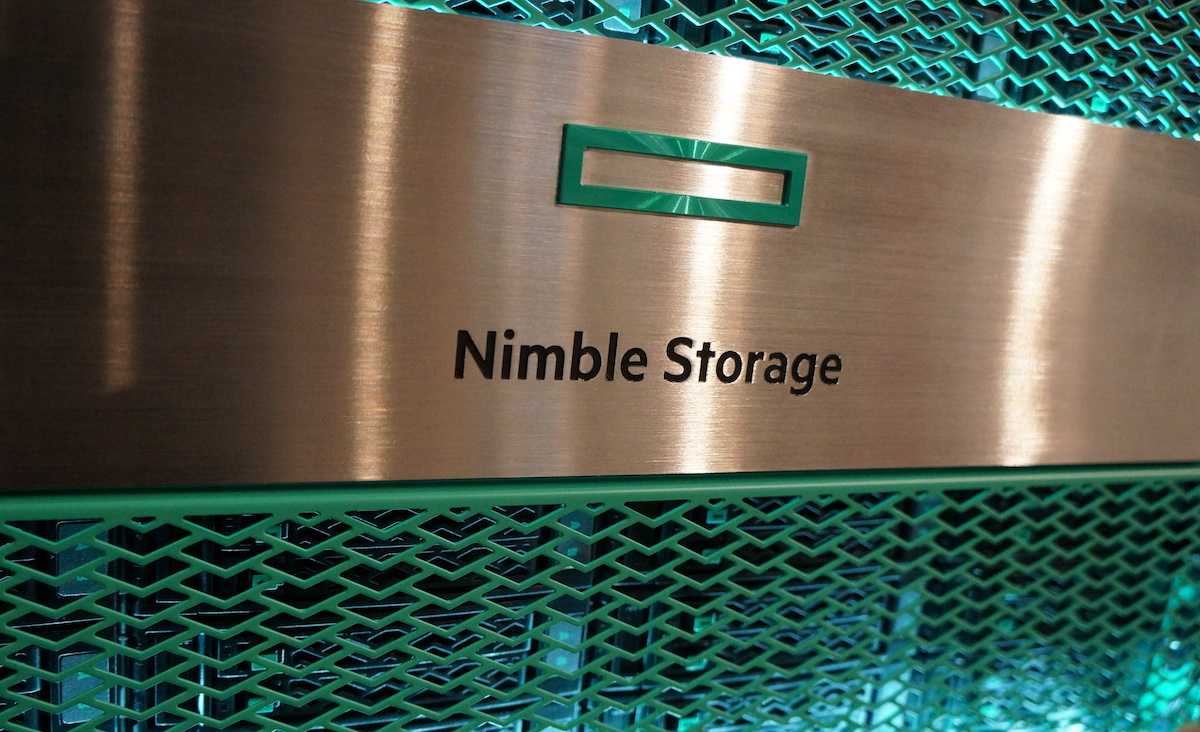In this episode, returning guest Douglas Fallstrom from Hammerspace takes Chris and Martin through the details of the Hammerspace global file system platform. The solution is software-defined, running either on virtual machines or in the public cloud. Customers can choose to leave data on existing hardware platforms and simply abstract the data into the Hammerspace platform, or use block storage to build out a distributed file system. The ability to abstract the physical placement of data from metadata allows customers to choose exactly how to manage their content. Traditional storage platforms have implemented data protection …
#152 – Global File System Concepts
This week, Chris and Martin are joined by Douglas Fallstrom, SVP Product & Operations at Hammerspace, as the conversation on global file systems continues. Hammerspace has developed a global file system platform that caters for geographic data dispersion and sits above traditional storage. In this podcast episode, Douglas explains some of the challenges of stretching data over distance – typically latency and getting effective throughput. When metadata and data are abstracted in a file system, these issues can be mitigated – global data sharing doesn’t imply a need for global locking. This separation of the …
#151 – Introduction to StorageOS V2.0 (Sponsored)
In this episode, Martin and Chris are joined in conversation by Alex Chircop, CEO at StorageOS. The company has announced StorageOS V2.0, a significant evolution in their storage platform, built for containers using containers. As this episode explains, the version 2.0 release of StorageOS enhances scalability and resiliency, with a strong focus on features needed for enterprise adoption. Each volume presented to a container now has a “mini-brain” to implement much more distributed application awareness. Availability is increased through the use of Delta Sync, a new technology to ensure data volumes are recovered to a …
#148 – Unpacking HPE's Storage Strategy
As reported by Chris Mellor, HPE recently announced Q1 2020 figures that show storage down 8% and servers down 15%. In light of these numbers, we look at HPE’s storage products, partners and overall strategy in the market. HPE primary products are strong contenders, with XP8 for high-end/mainframe, 3PAR & Primera, Nimble and MSA. Outside of the main platforms, HPE has some data protection hardware and of course, tape. To meet file and object storage needs, HPE partners with the likes of Qumulo, Scality, Weka and others. But finding details on these companies is hard. …
#134 – Introduction to Datera with Hal Woods (Sponsored)
This week Martin and Chris catch up again with Hal Woods, CTO at Datera. In this sponsored episode, we look in detail at the Datera Data Services Platform and how it differs from traditional storage. DSP is a software-defined solution, which is purchased either as a software licence or in conjunction with partners. Software-defined storage has been around for some time, but hasn’t really offered the disaggregation from hardware performance that applications need in the enterprise. DSP enables administrators to set performance and availability policies that are then implemented by DSP, based on the hardware …
#129 – Choices for Persistent Container Storage with Niraj Tolia
This week Chris records a live podcast episode with Niraj Tolia, co-founder and CEO at Kasten Inc. As a follow-up to online discussions that dive into how container storage should be presented to Kubernetes (and other container) environments, this episode reviews some of Chris’ thoughts and Niraj’s opinions on the market as to how persistent storage should evolve. The discussion starts by reviewing the idea of either block or file storage for container environments and moves on to discuss whether application-based replication could simply replace the need to have a persistent storage back-end. The Container …
#126 – Software-Defined Storage in Review with Hal Woods
This week, Chris and Martin talk to Datera CTO, Hal Woods about the state of the software-defined storage (SDS) market. SDS emerged around ten years ago as a solution to overcome the expense of buying storage appliances. With cheap hardware, IT organisations could simply buy software or use one of many open-source solutions. Has SDS been successful and how has it evolved? Early modes of deployment simply ran existing storage software on commodity hardware. As the category developed, software defined storage has been built specifically to address a new set of requirements. These are typically …
- Page 2 of 2
- 1
- 2







